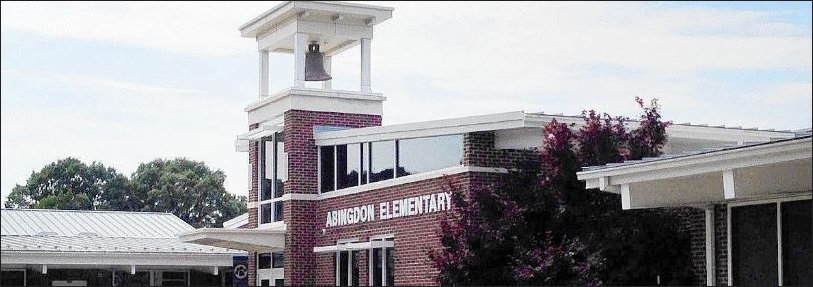by James A. Bacon
Yesterday I published a map showing the proficiency of Virginia schools broken down by census district. Schools in Western and Southwestern Virginia fared remarkably well, often competitive with schools in the affluent suburban neighborhoods of the state’s big metropolitan areas. Reader Frank Kilgore has responded with some additional data from the 2019 Region VII Performance Report that puts school performance in Southwest Virginia (Region VII) in a flattering light.
Some highlights:
- Percentage of economically disadvantaged students — 55.5% compared to 40.4% state average, second highest of eight regions. (Southside has the highest percentage.)
- Students with disabilities — 15.3% compared to 13.2% statewide, second highest of eight regions. (Southside has the highest rate.)
- Per pupil funding — $10,404 per student compared to $12,032 state average. (Lowest in the state.)
- Staffing ratios — 11.4 students per teacher compared to 12.8-to-one state average. (Best in the state.)
- Beginning teacher salaries — $35,900 compared to $41,200 state average. (Lowest in the state.)
- Math Standards of Learning pass rate in 2019 — 82.8% compared to 77% state average. (Best in the state.)
- Reading SOL pass rate in 2019 — 81.2% compared to 77.3% state average. (Best in the state.)
Southwest Virginia schools also had the highest average SOL pass rates for science, history and writing. Despite the high poverty rate, SW Virginia has the the highest percentage of fully accredited schools of any region.
Bacon’s bottom line: When you have as many travails as Southwest Virginia does, you brag about what you can. In this case, SW Virginia, all of which lies within rural Appalachia, has a lot to proud of. Despite the high incidence of poverty and disabilities, the dearth of economic opportunity, and (not included in these statistics) the lower-than-average educational attainment of the general population, K-12 schools and their students manage to excel.
First set of questions: Are SW Virginia schools doing more with less? In one sense, yes. Per-pupil funding and teacher salaries are considerably lower than the statewide average. On the other hand, the region has a much lower cost of living. If adjusted for a cost of living, how would per-pupil funding and teacher salaries compare? The fact that SW Virginia schools have a better staff/teacher ratio than the state average suggests that, despite less funding per pupil, schools can still afford to hire more teachers and staff. On the other hand, the numbers don’t tell us how much of that “staff” translates into teachers in the classroom versus support staff and administration, or how much lower staff/student ratios actually contribute to better teaching.
Second set of questions: Insofar as SOL performance is correlated with socioeconomic status and the presence of disabilities, Southwest Virginia schools have a tougher job than anywhere else in Virginia but Southside. On the other hand, Southwest Virginia has the highest percentage of white students (91.98% compared to the state average of 48.4%) and lowest percentage of minorities. That means schools have fewer students coping with English as a non-native language and fewer students struggling with the legacy of slavery, Jim Crow and racism. What would school performance look like if we could adjust for all of these factors?
Depending on the answers to these two sets of questions, Southwest Virginia may have lessons to impart to the rest of the state on how to do K-12 right. If the SW Virginia schools use the same or fewer resources as other schools, and if their demographic pros and cons proved to be a wash, other Virginians might want to see what they do differently and better.
Inhabitants of far Southwestern Virginia often say, “People in the Richmond think the state ends at Roanoke.” And they often observe that they are closer to seven or eight other state capitals than to Richmond. Who knows, deeper analysis might show that to be a blessing, not a curse.
Update: Matt Hurt, director of the Comprehensive Instructional Program in Wise, addresses several of the questions and points made above in the comments. Summary: The consortium of SW Virginia schools empowers teachers, shares best practices, and uses data to drive decision-making.



